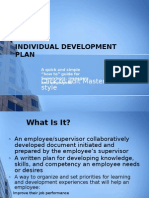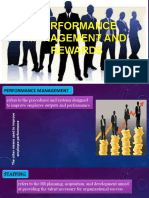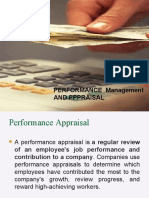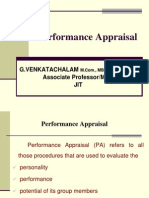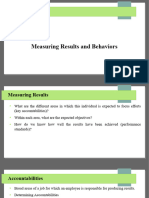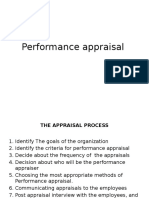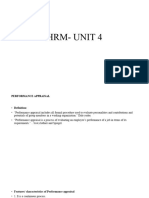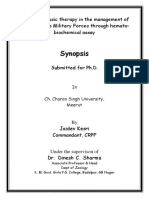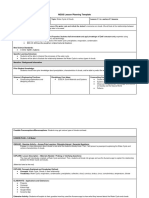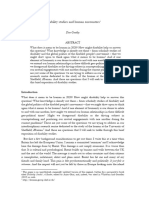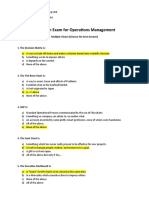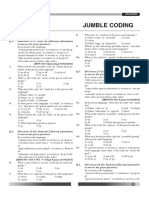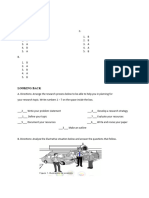0% found this document useful (0 votes)
6 views14 pagesHRM Module III
Module III covers onboarding, training, development, and performance evaluation in HRM. It discusses the ADDIE training process model, various training methods, and Kirkpatrick's evaluation model, emphasizing the importance of structured training and management development. Additionally, it details the performance appraisal process, methods, and effective feedback discussions to enhance employee performance and align with organizational goals.
Uploaded by
saleeem0066Copyright
© © All Rights Reserved
We take content rights seriously. If you suspect this is your content, claim it here.
Available Formats
Download as PDF, TXT or read online on Scribd
0% found this document useful (0 votes)
6 views14 pagesHRM Module III
Module III covers onboarding, training, development, and performance evaluation in HRM. It discusses the ADDIE training process model, various training methods, and Kirkpatrick's evaluation model, emphasizing the importance of structured training and management development. Additionally, it details the performance appraisal process, methods, and effective feedback discussions to enhance employee performance and align with organizational goals.
Uploaded by
saleeem0066Copyright
© © All Rights Reserved
We take content rights seriously. If you suspect this is your content, claim it here.
Available Formats
Download as PDF, TXT or read online on Scribd
/ 14



